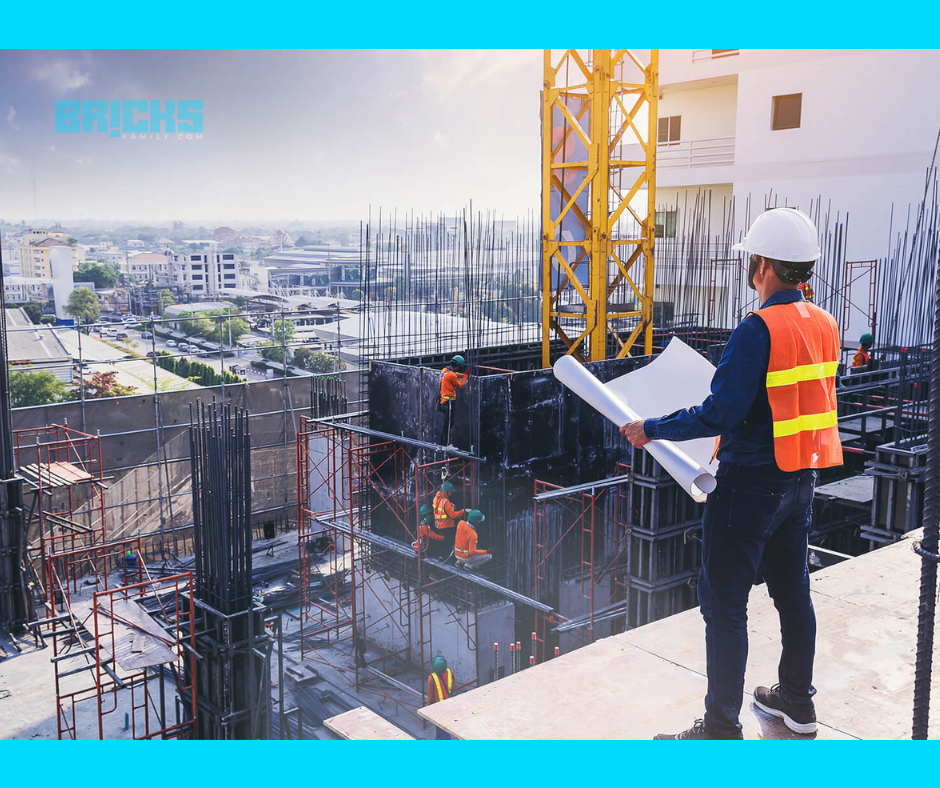Green buildings, for example, have gained popularity in recent years. This is because the construction of green buildings disturbs the natural balance. Buildings require a significant amount of energy to construct. The majority of consumption occurs during the construction stages. Furthermore, the lighting or air conditioning system consumes significant energy. Let’s study in detail Eco-Friendly Buildings Conserve Natural Resources.
Furthermore, real estate development results in a lot of demolition. The release of greenhouse gases degrades the environment. All of this seriously impacts human life because it affects ground cover, water, forests, and energy, all of which harm nature. By embracing the concept of green buildings, the real estate industry can do a lot to protect the environment.
Eco-friendly Buildings are a Practical Necessity
To reduce the impact on natural resources, green buildings are built with non-toxic materials. It is a modern structure that does not interfere with the climate or the natural environment. Such green buildings protect natural resources while improving people’s quality of life. They allow for proper air circulation. This concept has gained popularity because it efficiently uses energy, water, and other resources. This contributes to humanity’s well-being. Furthermore, these environmentally friendly green buildings reduce pollution, waste, and other negative environmental effects. Here we will see Eco-Friendly Buildings Conserve Natural Resources.
Sustainable Buildings Offer Economic Benefits
Green buildings are becoming more popular around the world. They provide economic advantages over other green buildings. They have low maintenance costs, higher occupancy, and a high resale value. These factors influence both builders and buyers to prefer green buildings. Individuals’ awareness of sustainable living has grown in recent years. Growing urbanization means fewer green and open spaces, which impacts the environment. Every person should be concerned about global warming. The mission is to save the planet. This should be a collaborative effort, and the real estate industry can help.
The Materials Used In Eco-Friendly Green Buildings
The use of natural and unadulterated building materials is required for the construction of a healthy structure. The emphasis in building construction should be on maximizing the use of daylight. The light from the sun should be used. Eco-Friendly Buildings Conserve Natural Resources.
Green buildings include several environmentally friendly features. They include efficient water use and an energy-efficient and environmentally friendly environment. Renewable energies are used at all stages of construction. Because of global warming and its environmental impact, it is critical to harness energy usage to earn green certification.
Material selection is critical in eco-friendly green buildings. It is necessary to obtain, treat, manufacture, and transport such materials to a job site. It is critical to evaluate the energy options in materials. It is best to avoid products that require a lot of energy to produce, such as aluminum. It also pollutes the environment.
Use materials made from renewable or sustainable resources, such as wood. Wood has recently been designated as the ideal material for eco-friendly green buildings. Wood use reduces energy consumption while having little impact on air and water quality. Wood also reduces carbon emissions, aiding the fight against global warming. At the same time, the emphasis should be on reducing the use of non-renewable, energy-intensive building materials. Glass, steel, brick, vinyl, and aluminum are examples of these materials.
Green options for buildings -solar energy/rainwater harvesting
Green development makes use of environmentally friendly energy sources such as solar energy. Solar energy can help you save money on your energy bills while also helping to keep the environment clean.
Green development also requires rainwater harvesting and groundwater recharge. Rainwater harvesting entails collecting water from surfaces and storing it for future use. The process of soaking water into the ground to recharge groundwater. Rainwater is collected and used in gardens or car washes, conserving water resources.
There has been a renewed emphasis on replenishing groundwater in recent years. Rainwater that falls on the surface or rooftop is collected in bore wells or pits using this technique. This recharges the underground water, which can be used whenever needed. The technique has enormous potential and can cover an area of 55,000 square meters per year from the rooftop.
During heavy rains, there may be overflow, so the overflow pipe should connect to the drainage. Generally, a water harvesting pit should be built near the northeast corner of the house. Plant as many trees as possible in your neighborhood. Because plants are the best heat absorbers, this will help lower the area’s temperature. Increase the greenery around your home to help the ground absorb less heat. Because concrete absorbs and reflects more heat, more concrete means more heat.
Innovation in Green Building Technology
The social environment is changing. This is due to climate change, the degradation of fossil fuels, and the efficient use of natural resources. All of these factors enable innovative designs to enter the sustainable development sector.
Conclusion: Green Buildings
Because of a lack of public awareness, the concept of green buildings is still in its infancy. People are unaware of the short- and long-term benefits of environmental initiatives. They are unaware of the importance of incorporating green initiatives into everyday life. Furthermore, the government has yet to fully support this initiative. This is because of the vested interests involved.
Also Read: Tips When Building Your Dream Home
Similar Topics: How to Change Name in Land Registry or Property Documents?














